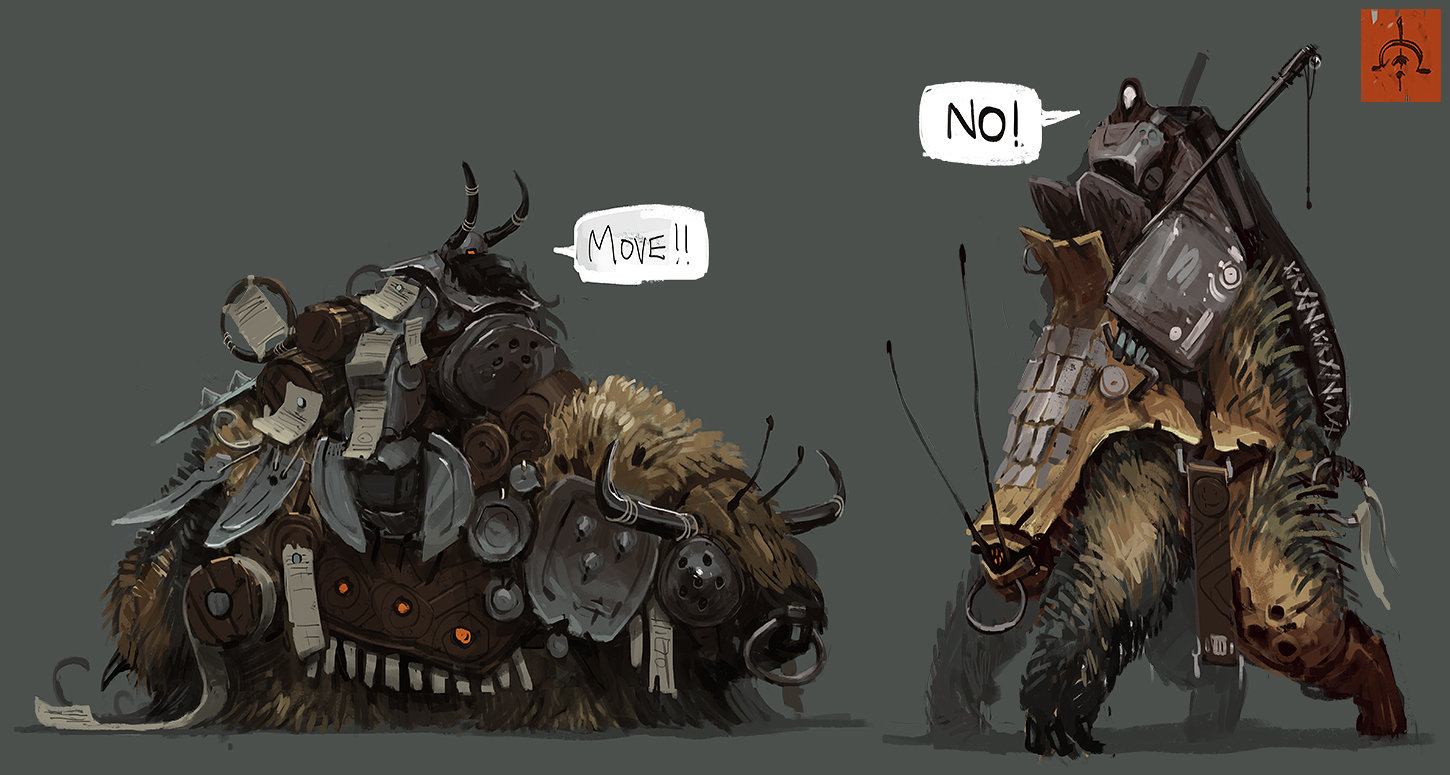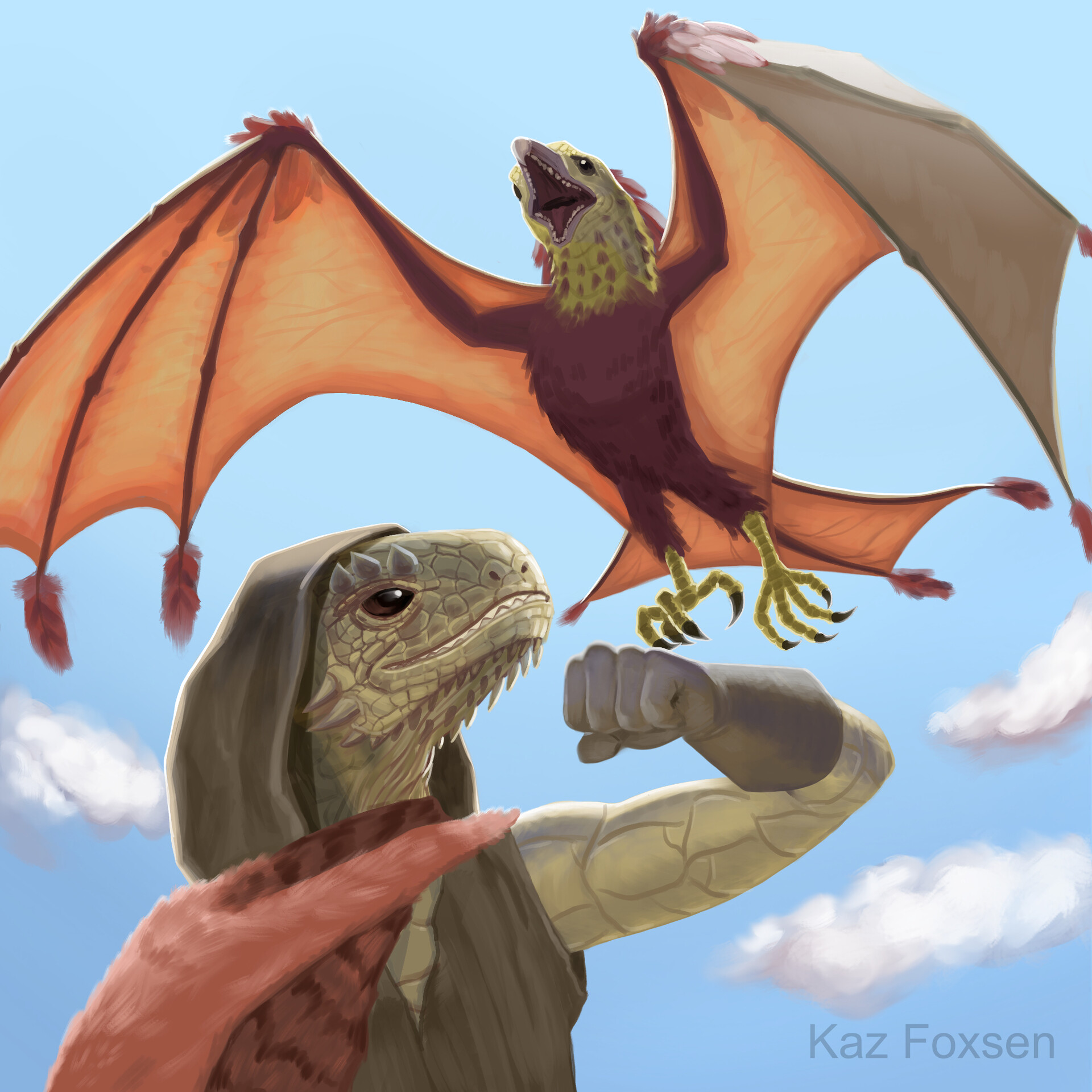There are six general 'classes' of animal companions. Each companion can only have one class, but maybe they can take a level from two if it could logically work. It's only possible to command one animal in a given combat encounter, or else it becomes too confusing to command them properly.
Attack beasts deal light damage unless equipped with a specialized weapon, and hunting birds deal damage as unarmed. Mounts and beasts of burden have ten inventory slots, pets and attack beasts have 5, and hunting or messenger birds have 1. They have 1 vigor at level 0, plus 1d6 for each level. It costs 100 exp to reach level 1, and 200 to reach level 2. I use Skerples price list for buying tame animals (found here: https://coinsandscrolls.blogspot.com/2017/09/osr-medieval-price-list.html ). Currently I don't have any system for taming a wild animal, preferring to run that through roleplay.
These should be used as a baseline rather than absolute RAW. For example, if a player buys a warhorse rather than a normal riding horse, it could have higher vigor or the ability to attack. On the other hand if they buy a noble horse of fine breed, it could have more speed. Something else to consider is Awakening, as that would pretty fundamentally alter how people can interact with the animal.
Mount
Examples: rouncey horse, Eland antelope, deep gecko, Gombian ostrich, , pebbled rhinoStat bonus: +1 speed
Level 1: passenger, signal
Level 2: steady on, unposted
- Passenger: able to carry one adult or two children, in addition to the rider.
- Signal: whistle, call out, or make another distinct, loud noise to call upon the mount from anywhere, as long as it can hear.
- Steady on: when the mount is startled, the rider can make a will save to calm it down quickly.
- Unposted: the rider can command the mount to wait for them, and it will stay where it is until it either hears the signal, the rider commands it again, or immediate danger appears.
 |
| Substrata Mounts by Darren Bartley - fightPUNCH |
Attack beast
Examples: mastiff, ivory tiger, komodo drake, sawbeak goose, sheepspider, pond hippoStat bonus: +1 attack
Level 1: battle training, fetch
Level 2: vicious training
- Battle training: able to enter a feint stance.
- Fetch: able to grab and return with small items when directed properly.
- Vicious training: deals medium damage, and can fight effectively while wearing custom armor.
Pet
Examples: shepherd dog, Abyssinian cat, rosy boa, Maran hen, puffbeetle, iron ratStat bonus: +1 vigor
Level 1: fetch, an understanding
Level 2: tracker, copycat
- Fetch: able to grab and return with small items when directed properly.
- An understanding: the pet and master have a unique understanding, and can communicate clearly at a rate of about one word per round.
- Tracker: a well trained pet can track a scent for nearly any distance, anywhere (except through water or an extremely pungent area), and can sniff out magic or invisible creatures.
- Copycat: once per day, the pet can borrow a skill from the master, including skill stars.
 |
| Tavias kid by Alexander Nanitchkov |
Beast of burden
Examples: mule, ox, mountain toad, oak owl, trench slug, wagon crabStat bonus: +2 vigor
Level 1: saddlebags
Level 2: stubborn strength, unmoved
- Saddlebags: able to carry +10 inventory worth of items as long as it doesn't have to move quickly.
- Stubborn strength: able to make strength checks with 16 strength outside of combat.
- Unmoved: for one round per day, the beast of burden can be given a command which it always ignores, becoming immovable for one round.
Hunting bird
Examples: falcon, killer bat, minidactyl, salt glider, ripper cricket, blood hornetStat bonus: +1 armor piercing
Level 1: fetch, bird of prey
Level 2: distraction
- Fetch: able to grab and return with small items when directed properly.
- Bird of prey: once per day while travelling the wilderness, a hunting bird may be sent out to catch small game and return with it, providing a ration.
- Distraction: grants +1 armor piercing to the master's attack when they target the same foe.
 |
| Nomad Hawk Master by Kaz Foxsen |
Messenger bird
Examples: dove, spotted raven, cloud serpent, courier flea, moon squirrel, leaf batStat bonus: +1 destination
Level 1: fetch,
Level 2: signal, carrier
- Fetch: able to grab and return with small items when directed properly.
- Signal: when the master whistles, calls out, or makes some other loud predetermined signal, the messenger bird can hear and return no matter where it is.
- Carrier: +1 inventory slot.
I really like the idea of "classes" for animal companions, and your list feels like it has all the options someone would need to stat up their animal for whatever purpose they have in mind.
ReplyDeleteNeat stuff!
ReplyDelete2 comments:
1: I think there should be a scout/guardian class - an animal with good stealth (to scout ahead), probably decent speed (a bird or a coyte would do well here), and good senses so it can warn the PCs at camp of approaching intruders.
2: Awaken is indeed weird. In a campaign I'm currently playing, I'm the party quartermaster and I have a Yak. In pathfinder, Yaks can carry *enormous* amount of stuff so they are great beasts of burden. As my character class had no animal handling ability whatsoever, I took one of my language slots to be Yak, and my character and the Yak argue a lot. One day, the druid cast "Awaken" on the Yak....